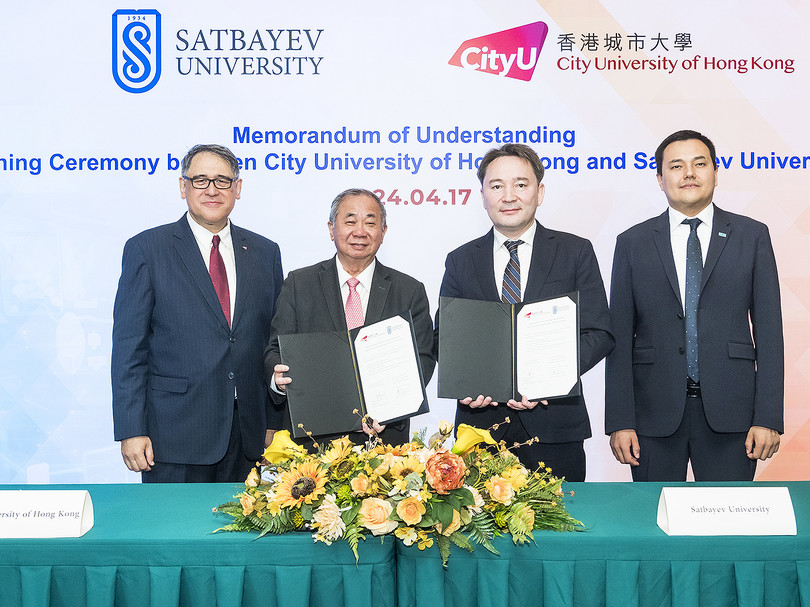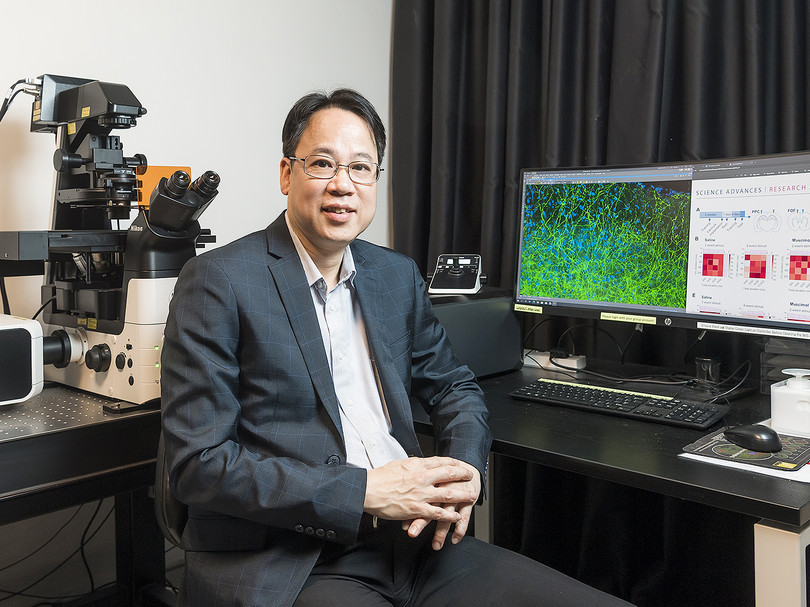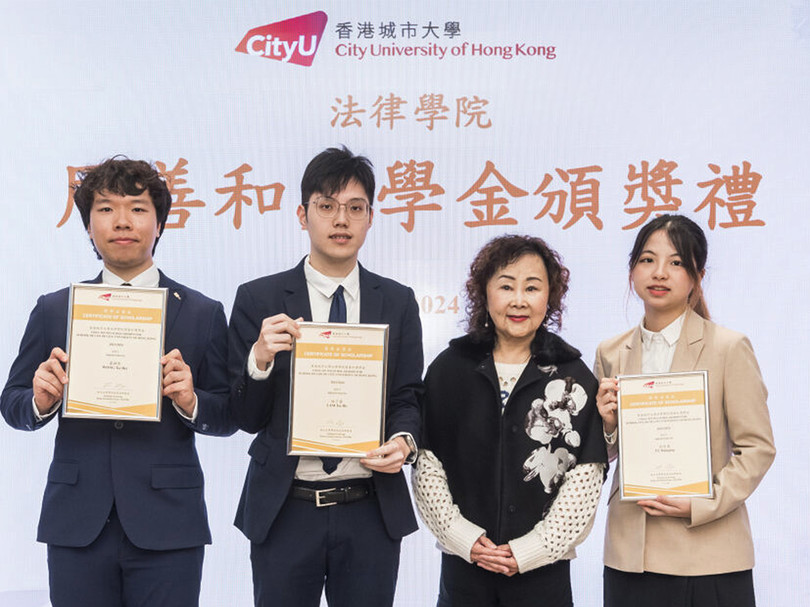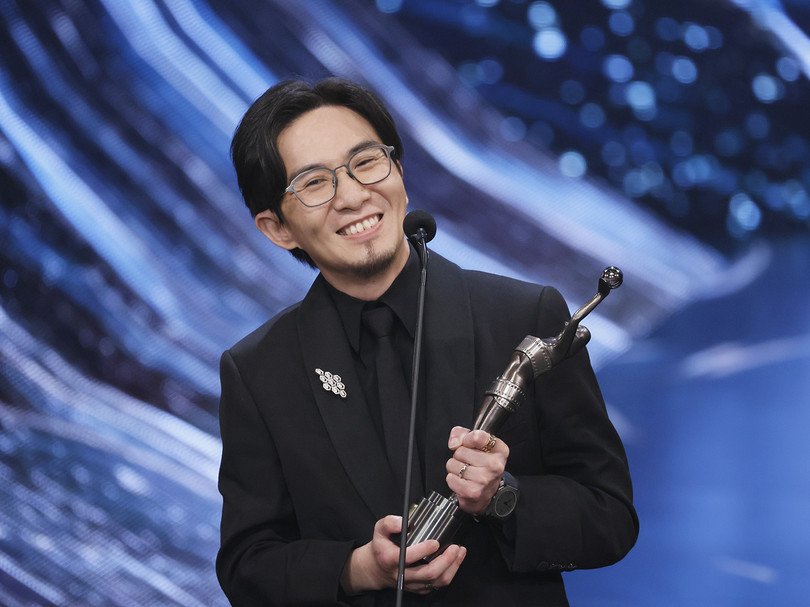Showing 1 to 10 of 19 results

A research team co-led by a scientist at CityU has discovered a new, non-invasive way to detect early-stage Alzheimer’s disease, helping patients get the necessary treatments around 10 years before any symptoms appear.

Professor John Lin from the Division of Building Science and Technology has invented a stratum ventilation system that provides fresh air for healthcare staff inside a ward.
CityU's plan to seek an initial public offering of TeleEye Holdings Ltd on Hong Kong's Growth Enterprise Market attracted around 50 people to a press conference on 23 April.
While many scholars turn democracy into a gigantic, often culturally specific package of political and economic arrangements, Professor Edward Rubin, Professor of Law of the University of Pennsylvania, offered a different approach in his public lecture on 9 April. He pointed out that democracy consists of pragmatic political arrangements that align the incentives of government officials with the desires of people.
CityU's Plasma Laboratory has unveiled two breakthrough inventions that will help patients with artificial bones, heart valves and blood vessel stents.
A novel non-destructive inspection (NDI) technique invented by CityU's Professor Michael Hung, Chair Professor in the departments of Electronic Engineering, and Building and Construction, may provide the answer to detecting faults in building structures.
Government officials, corporate executives, logistics practitioners and academics got an update of the latest trends and developments in logistics at the Procurement & e-Logistics Management Symposium 2002 at the Hong Kong Convention and Exhibition Centre on 26 and 27 March.
One of the leading experts in steel structures believes that in the wake of the World Trade Centre (WTC) attacks in September 2001, teaching building and engineering students how to analyse the behaviour of structures is very important.
Matteo Ricci, the Jesuit missionary who visited China during the late Ming Dynasty, died almost four hundred years ago. However, the legendary figure in the history of cultural exchanges between China and the West has remained fascinating to scholars around the world and is the subject of numerous essays and books.
Was misunderstanding inevitable when Matteo Ricci went to China as a Jesuit missionary in the late sixteenth century? Is cross-cultural understanding possible? Or do we, because of our individual conceptual frameworks, distort meaning as we interpret and translate ideas from cultures other than our own? Are competing paradigms incommensurable?
Pagination
- 1
- 2



